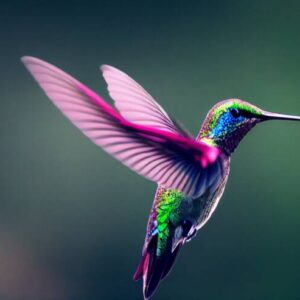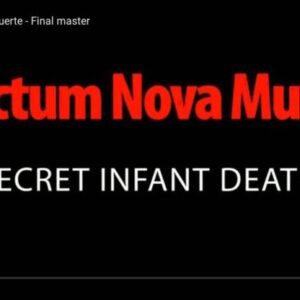Thundering, billowing
racing cloud of dust
shrouds pounding hooves.
the noon sun looks down
on earth’s wild horses.
parched, thirsty throats,
yet, the beasts race on.
what do they run from?
what do they seek?
or do they just run to run?
manes and tails tossing recklessly
in self-made breeze,
sweat rivulets coursing down
strong, lean backs,
and yet, they run.
how I yearn to be
an untamed mustang.
see me run.
tossing off the fastest,
breaking into the lead.
I breathe no one’s dust.
clear air fills my lungs,
adrenaline powers my limbs
as I race toward freedom.
I’m flying on the earth
a bird without wings.
the hot, pungent sage
stings my nostrils.
my unshod hooves
dance to a song
unheard by man.
if you could hear it,
the mustang song,
could you feel it?
could you breathe it?
would you dance,
unshod in the sand?
would the mustang song
pulse through your veins?
could you answer it’s call?
thundering, billowing
racing, cloud of dust
shrouds pounding hooves.
the noon sun looks down
on earth’s wild horses.
parched, thirsty throats,
yet, the beasts race on.
This poem captures the wild, unrestrained spirit of mustangs, symbolizing freedom, untamed energy, and the intrinsic desire to run. Here’s a deeper analysis:
Structure and Imagery:
- Repetition: The poem begins and ends with almost identical lines, creating a cyclical structure that mirrors the continuous, unending nature of the mustangs’ run. The repetition emphasizes the relentless and eternal energy of these wild horses.
- Vivid Imagery: The imagery in the poem is powerful, painting a picture of the mustangs racing across the landscape. Phrases like “Thundering, billowing,” “racing cloud of dust,” and “pounding hooves” evoke the sight, sound, and even the tactile experience of witnessing the wild horses in motion. The reader can almost feel the earth trembling under the horses’ hooves and the dust rising around them.
Themes:
- Freedom and Wildness:
- The mustangs represent a pure form of freedom, unbound by human constraints. Their running isn’t driven by necessity (“what do they run from? what do they seek?”), but rather seems to be an expression of their innate wildness.
- The speaker’s yearning to be “an untamed mustang” reveals a deep desire for this kind of unrestrained freedom. The mustangs’ “self-made breeze” and the image of the speaker “flying on the earth, a bird without wings” further illustrate the exhilaration and liberation that comes from this wildness.
- Connection to Nature:
- The poem highlights a deep connection to the natural world, seen in the sensory details like “hot, pungent sage” and “unshod hooves.” This connection is spiritual and primal, as evidenced by the reference to the “mustang song”—a metaphor for the raw, instinctual force that drives the horses and, by extension, all beings who yearn for freedom.
- The poet asks whether the reader could also hear, feel, and dance to this “mustang song,” inviting them to reconnect with the wildness within themselves.
- Existential Reflection:
- The questions posed (“what do they run from? what do they seek? or do they just run to run?”) reflect an existential pondering about purpose and meaning. The mustangs’ running seems to symbolize the human search for purpose or the possibility that some actions are done simply for the sheer experience of doing them, without a need for further justification.
- The poem hints at a deeper philosophical inquiry about the nature of existence and the intrinsic value of freedom and self-expression.
Tone and Mood:
- Reverence and Admiration: The tone of the poem is one of admiration for the mustangs. The speaker reveres the wild horses for their strength, freedom, and beauty. This reverence is tinged with a yearning to embody the same qualities.
- Exhilaration: There is also a sense of exhilaration and vitality in the imagery of running and racing, creating a mood that is both intense and uplifting.
Symbolism:
- The Mustang: As a symbol, the mustang represents untamed freedom, raw power, and the spirit of the wilderness. In the context of the poem, it also symbolizes the speaker’s aspiration to break free from societal or self-imposed constraints.
- The Mustang Song: This symbolizes an inner, almost mystical call to freedom that is deeply embedded in nature and instinct, something that is beyond human comprehension but deeply felt.
Conclusion:
The poem is a celebration of wildness and freedom, both in nature and within the self. Through vivid imagery and reflective questions, it invites the reader to contemplate the nature of existence, the pursuit of freedom, and the primal forces that drive us all. The cyclical structure reinforces the idea that this yearning for freedom and the relentless drive to run is an eternal, unending part of life.













